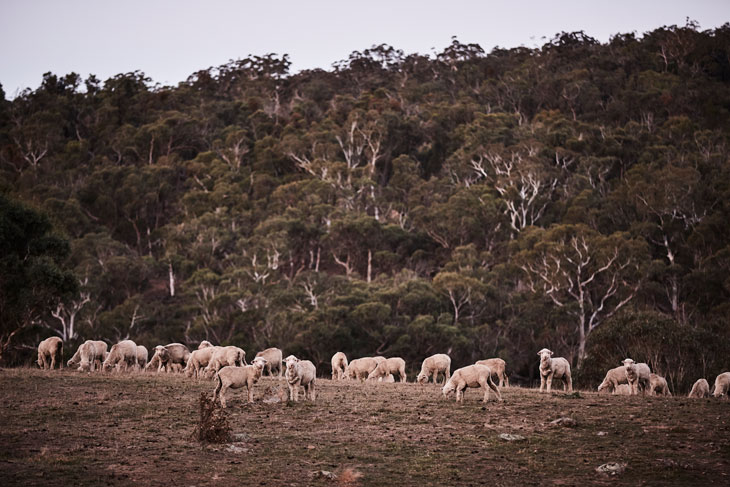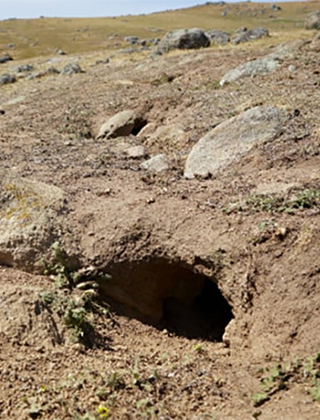Wild Dog Exclusion Fencing

Well designed and constructed exclusion fences have been very effective at preventing wild dogs from entering properties, resulting in increased productivity and ability to run sheep without attack.
Well designed and constructed exclusion fences have been very effective at preventing wild dogs from entering woolgrowers’ properties or ‘clusters’ of properties, resulting in increased on-farm productivity and the ability for woolgrowers to run sheep without the stress of worrying about attacks.
Having the capacity to keep dogs out of a property or properties, and get rid of the dogs inside the fence, is the key to future long-term freedom from wild dog predation.
AWI has produced a 36-page practical guide (PDF 7MB) for woolgrowers that gives an overview of many types of exclusion fences that are being used successfully by Australian woolgrowers to protect their sheep, and also control total grazing pressure.
It has been put together with the help of woolgrowers, fencing contractors, extension officers and representatives from fencing supply companies in Western Australia, Queensland, Victoria and New South Wales, and aims to:
- show you what a number of other woolgrowers have done to manage their wild dog problem
- give you an overview of the most popular designs and materials for exclusion fencing
- help you assess the suitability of those designs and materials for your own business
- identify and resolve challenges that you may encounter when building and maintaining your own exclusion fencing
- provide access to a variety of useful resources (links to fencing suppliers, funding bodies, etc) that may help you when designing and building your own exclusion fencing.
As its name implies, this publication is a guide only. AWI does not recommend, guarantee or warrant the performance of any design, product or service referred to in this guide.
The aim of the guide is not to be an ‘instruction manual for how to build your exclusion fencing’ – the geography, facilities and economic circumstances of woolgrowers suffering wild dog predation vary far too much to adequately cover in a short booklet all aspects of exclusion fence construction. Besides which, many producers are already highly skilled in all aspects of fence construction and/or may use skilled specialist fencing contractors.
The practical guide will be continually updated and maintained on this website as new information and photos are available, to ensure it is always up-to-date and relevant.
For more information about wild dog behaviour, and general wild dog exclusion fencing, refer to the 14-page Kondinin Group Research Report No.288: Exclusion Fencing, Fighting Ferals (PDF 4MB).
Share your knowledge
Have you erected wild dog exclusion fencing on your property? If so, AWI welcomes your input.
Send your photos and/or plans via email to wilddogs@wool.com. The photos could be included in the evolving practical guide or this web page, to help other woolgrowers who are considering exclusion fencing.
Include your name, property name, address and phone number in your email. Also include a brief description of what each photo depicts.
More information
- Wild dog exclusion fencing – a practical guide for woolgrowers
- Kondinin Group Research Report No.288: Exclusion Fencing, Fighting Ferals
- Beyond the Bale article (December 2017) Wild Dog Exclusion Fencing
- Beyond the Bale article (June 2021) Retrofitting existing fencing with electric offsets
- Exclusion fencing tips from producers – Ben Banks and David Owens
- Exclusion fencing tips from a producer – Will Roberts














